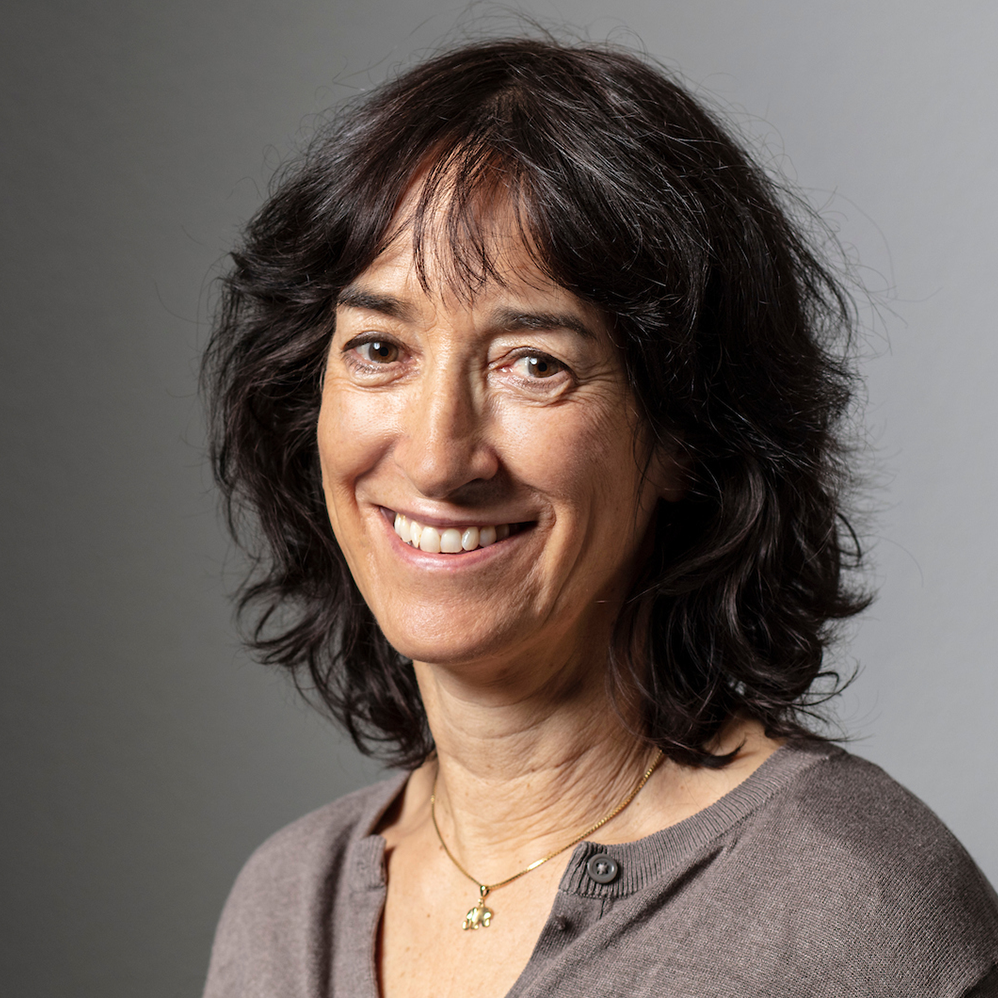Switzerland helps Ukraine update its prisons

A painting of Swiss mountains graces a courtyard wall at the Bila Tserkva prison, not far from the Ukrainian capital, Kiev.
It’s a tribute to the alpine country, which helped to turn this old-fashioned penitentiary into a model prison.
Before 1997 there was little to distinguish Bila Tserkva from other Ukrainian correctional centres.
There were 120 prisoners to a cell. Most of the rooms were dark and dingy, and inmates were confined to their cells for much of the day. Prison officers took a hard-line approach.
Director Alexander Kirpachov told swissinfo: “It was thought that prisoners needed to be punished, rather than guided.”
Abuses
In 1995, Ukraine joined the Council of Europe, a body set up after the Second World War to protect human rights and democracy in Europe. The former Soviet state was repeatedly accused of violating membership rules by allowing human rights abuses to continue, particularly within its penal system.
Human rights organisations reported poor conditions in prisons, and ill treatment of criminal suspects in custody.
In 1997 the Council of Europe insisted on judicial reforms, and the Swiss Agency for Development and Cooperation (SDC) stepped in to help Ukraine modernise its criminal justice system.
Working closely with the Ukrainian authorities, the SDC set out to turn Bila Tserkva into a shining example of a modern prison, conforming to western standards.
A total of SFr1.5 million ($1.16 million) was spent on reducing cell sizes, making new windows, repainting the walls and improving bathing facilities.
Staff numbers were increased and a training centre was opened, teaching prison personnel new values. It is now a key centre of competence, offering basic and advanced courses for prison officers from throughout Ukraine.
The SDC project was led by Hans-Jürg Bühlmann, who has 34 years of experience as a prison administrator in Switzerland.
“Instead of 120 prisoners to a cell, we now have 25 to 50,” he explained.
“We taught warders to listen to inmates instead of giving them orders all day long.”
Prisoners were also given easier access to social workers.
There is a vocational training school for 50 inmates, where they can qualify as mechanics, electricians, plumbers, welders and toolmakers.
A half-open prison system was adopted for inmates nearing the end of their sentences.
The prisoners spend their days working beyond the prison confines, but return to Bila Tserkva at night. The idea is to reintegrate them into civil society ahead of their release.
Kirpachov says the system is so successful that it is due to be extended to all of Ukraine’s prisons.
Tour
The prison director took swissinfo journalists on a guided tour of the premises, so that we could see for ourselves the fruits of the reforms.
Red roses and marigolds burst from flowerbeds below the barbed wire fence and security cameras that keep watch over more than 1,000 inmates, serving sentences of up to 15 years.
Artistic inclinations are indulged here. At the top of a stepladder, a prisoner adds the finishing touches to a wall painting depicting a forest.
We pass two inmates repairing a truck with mechanical problems. In the courtyard, a man is entrusted with an axe, which he uses to cut firewood. Inside one of the blocks, dozens of men sit stitching blue prison uniforms just like the ones they are wearing.
The prisoners work eight hours per day and produce 60 different items. They receive a salary for their work, which is paid into a bank account on their behalf.
Kirpachov says the changes have had a remarkable effect on inmate behaviour: “There tend to be fewer breaches in prison rules, fewer suicides, and more prisoners are released on good behaviour before reaching the end of their sentences.”
“I was once in another prison where conditions were much worse,” inmate Konstantin Sarapenko told swissinfo. “Here the prisoners get on very well with each other.”
Other prisoners told us relations between the warders and inmates were also good.
Bühlmann reckons the process of extending these reforms to other penitentiaries could take 12 years, principally due to Ukraine’s weak economy. But there are already signs of progress.
“Vocational training has been introduced in other jails, and administrators are beginning to run their prisons like companies,” Bühlmann elaborated.
“They want the inmates to produce something, rather than being locked away all day.”
Remand
Encouraged by its success at Bila Tserkva, the SDC is starting a new project to reform a remand centre for 3,000 inmates near Kiev, where about ten per cent of prisoners are under 18.
The initial investment of SFr1.2 million ($920,000) will be used for a building extension to reduce overcrowding, and for retraining remand staff to adopt a more humanitarian approach.
The SDC is also helping to implement judicial reforms so that fewer people are remanded in custody.
Hans-Jürg Bühlmann will again spearhead the project.
“We want to prove that it’s not necessary to remand people in custody in every case. There are alternatives,” he told swissinfo.
swissinfo, Julie Hunt in Bila Tserkva, Ukraine
Until 1999, there were one or two suicides per year at Bila Tserkva.
Since 1999, there have been two suicides.
In 1995, 9 inmates were released early for good behaviour, compared with148 in 2005.

In compliance with the JTI standards
More: SWI swissinfo.ch certified by the Journalism Trust Initiative










You can find an overview of ongoing debates with our journalists here . Please join us!
If you want to start a conversation about a topic raised in this article or want to report factual errors, email us at english@swissinfo.ch.